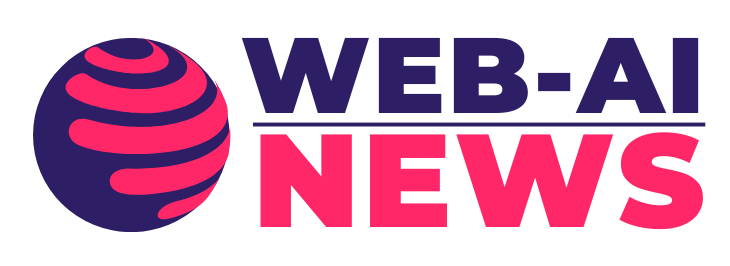If you’ve dipped your toes into the world of AI creativity lately, you’ve probably stumbled across words like “twin” and “clone” being tossed around. At first glance, they sound like two ways of saying the same thing.
But hang on a minute—there’s actually a subtle difference, one that might matter a lot depending on what you want out of these digital doppelgängers. And trust me, once you start playing with these tools, the lines between “that’s kind of me” and “wow, that’s literally me” get blurry really fast.
AI Twins: The Imaginative Siblings You Didn’t Know You Had
AI twins lean more toward interpretation than strict duplication. Think of them as an alternate universe version of yourself—familiar enough that you recognize the resemblance, but different enough to surprise you.
When you use an unfiltered ai twin generator from image, the result isn’t a pixel-perfect copy but more of a playful reimagining. You might upload your headshot and get back a portrait of yourself as a medieval knight, or maybe a character plucked out of a futuristic video game.
The fun here is in the “what ifs” rather than the exactitude. Personally, I love the creative wiggle room. It’s like seeing yourself through the eyes of a really imaginative friend who never runs out of ideas.
AI Clones: The Mirror That Sometimes Stares Back
Clones, on the other hand, aim for fidelity. They’re not here to invent a new version of you—they’re trying to replicate the existing one.
Using an uncensored ai image clone generator often means the system is trying to mimic every nuance of your original photo, down to the angle of your smile or the strands of hair that refuse to behave. It’s a little uncanny at times, because the end result looks more like a mirror than a painting.
And while I can’t deny the technical brilliance, I sometimes find myself missing the playful imperfections. When a tool gets too accurate, it’s almost unsettling—like catching your reflection in a shop window when you weren’t expecting it.
Why the Distinction Matters
So why split hairs between twins and clones? Because the choice says a lot about your goals. Are you looking for a creative spark, a version of yourself that’s more storybook than reality?
Then twins might be your sweet spot. But if you’re building something that demands accuracy—say, virtual avatars for business presentations or consistent characters in a comic series—clones give you the precision you need.
I find it helps to ask myself: do I want a mirror, or do I want a funhouse mirror? Both have their charm, but they’re serving different purposes.
The Human Layer We Can’t Forget
Here’s the kicker: whether it’s twins or clones, neither is you. They’re interpretations—clever, sometimes breathtakingly so, but still just outputs of an algorithm that doesn’t know what it feels like to laugh until your stomach hurts or to hold onto a memory that warms you years later.
And maybe that’s okay. Maybe the value is in using these tools as springboards rather than substitutes. I like to think of them as collaborators—quirky assistants that sometimes nail it, sometimes stumble, but always spark a new perspective.
Final Thoughts
The difference between AI twins and clones isn’t just technical—it’s philosophical. One leans into imagination, the other clings to realism. And the real magic comes when you figure out which one feeds your own creative hunger.
For me, the twin approach is more liberating, though I can’t deny the thrill of seeing a clone so accurate it makes me do a double take. In the end, it’s less about whether machines can recreate you, and more about what you want them to reflect back.




